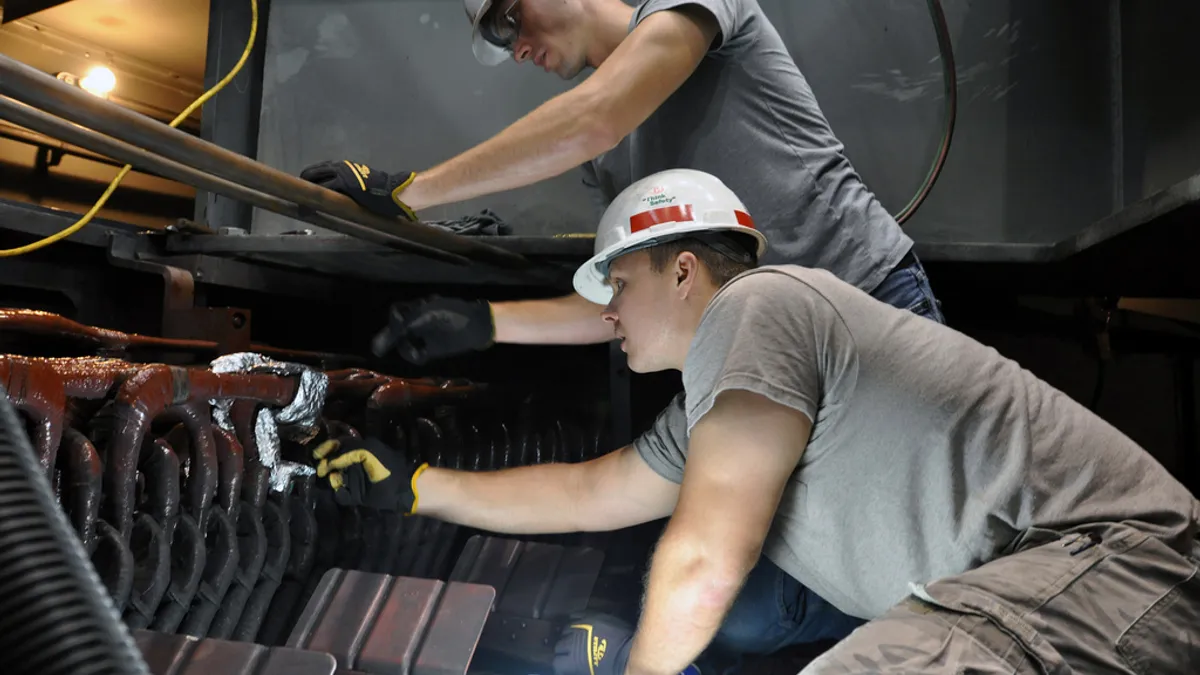As part of a new U.S. Army Corps of Engineers pilot program, the agency will use the public-private partnership (P3) model for construction of four projects to determine if P3s can deliver both cost savings and faster turnaround times. The program is part of the Revolutionize USACE Civil Works initiative to streamline the delivery of U.S. infrastructure projects through innovation.
A typical infrastructure P3 model will see the private sector handle design, construction and financing and then maintenance and operations for decades. P3s have been used on several U.S. infrastructure projects during the last several years, although for those with 30-year-plus maintenance and operations contracts, it's too early to judge their ultimate success.
The theory behind P3s is that by handing over much of the risk for these projects to the private sector, public agencies will benefit from industry innovations and a more aggressive approach to completion, as well access to more financing options. Many times the private consortium chosen to perform on the work can also benefit from the lower borrowing rates available to their public partners in the deal.
In fact, the Department of Transportation encourages its project partners to consider using P3s.
The four projects chosen by the Army Corps to move forward as P3s will first go through a six-month to 24-month development and validation phase during which time the agency will identify any roadblocks to using the model.
Brazos Island Harbor Channel Improvement
This project for the Brownsville Navigation District, acting on behalf of the Port of Brownsville in Brownsville, Texas, is valued at $288 million and would deepen the port's ship channel from 42 feet to 52 feet. Also included will be the dredging of berthing areas, construction of areas for dredged materials, the raising of levees and the addition of navigational aids. The Army Corps estimates that by using a P3 to design, build and finance the project — and possibly operate and maintain it — the savings will be about $150 million by the time it is completed in 2024.
Los Angeles River P3 pilot concept
This $1.4 billion ecosystem restoration project for the city of Los Angeles on the Los Angeles River will address water quality issues and see the addition of recreational features along an11-mile stretch of the waterway into downtown. The project will be divided into three P3 contracts — design, build, finance, operate and maintain — and the Army Corps estimates a 10-year to 20-year reduction in the schedule for each of the three contracts, as well as a 33% cost savings off of the federal government's contribution.
New Soo Lock construction
The P3 for this project will design, build, finance — and possibly maintain and operate — a second lock at St. Mary’s River at Sault Ste. Marie, Michigan. The project's cost is estimated at $922.4 million and will be delivered in coordination with the Michigan DOT.
Sabine Pass to Galveston Bay (S2G) Coastal Storm Risk Management (CSRM) project
This $3.9 billion project, sponsored by several local and state Texas agencies, is being undertaken to lower coastal storm and flood risks. The initiative, which has been fully funded, will use design-build and traditional design-bid-build delivery.
The Army Corps chose these projects from eight submitted in response to the agency's February request. If the pilot program is successful, P3s could help the Army Corps achieve its Civil Works Initiative goals, which are to start and finish projects faster; see more efficient project delivery by using alternative financing and budget tools; and streamline the project permitting process through the elimination of redundant reviews.












